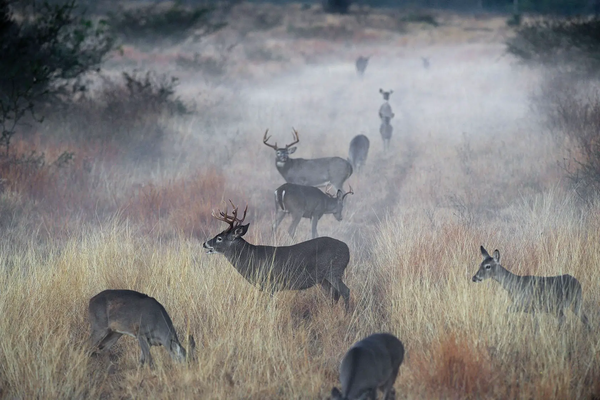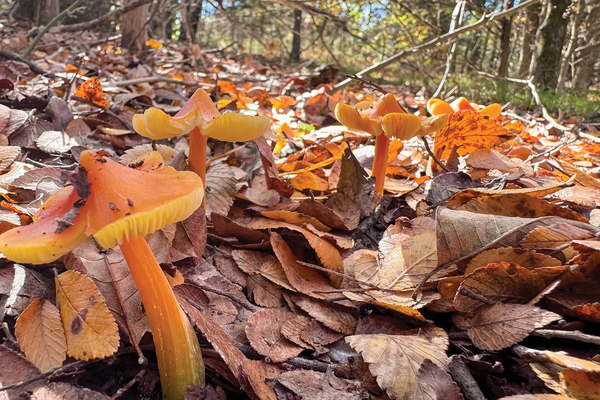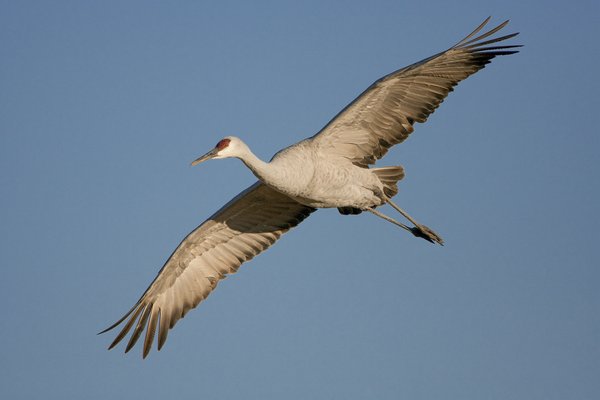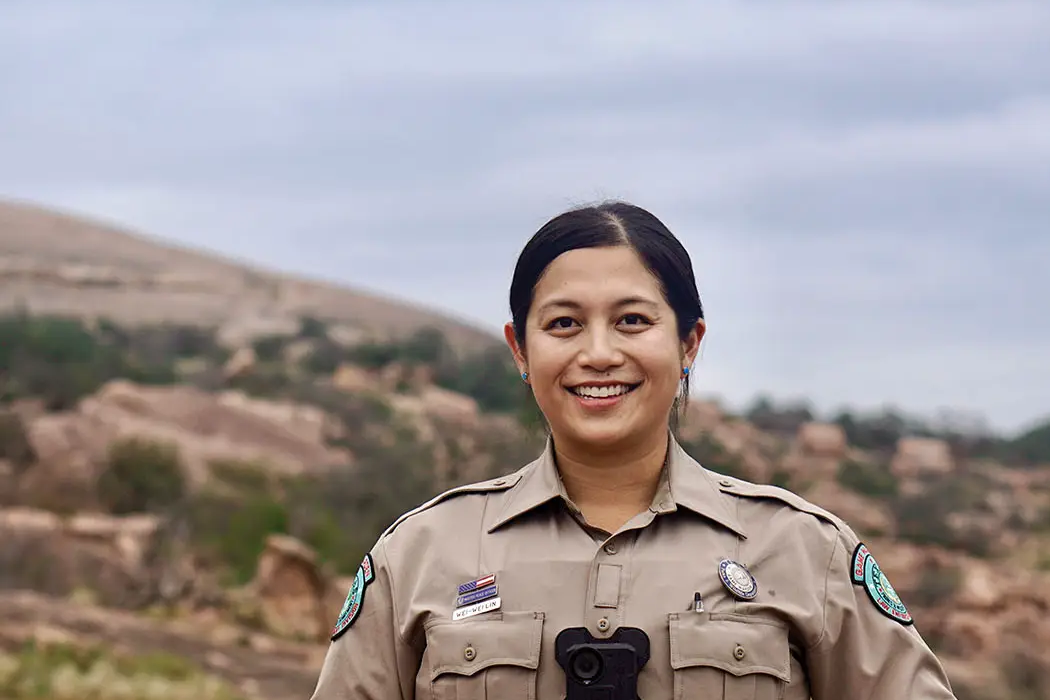On a warm afternoon in December, a group of three women chat as they grind venison and partition it into neatly sealed 2-pound bags at the San Antonio Food Bank.
While the outside air is balmy, the room is freezing — the meat must be stored below 41 degrees, so the women are bundled up in hoodies and flannels as they work. Conversation rings out from a nearby room, where another group of people skillfully clean the meat from the bones in preparation. I marvel at the deftness with which everyone conducts their tasks — they’ve been taught well by the resident butcher.
The volunteers are working at Casa Venado (Spanish for “house of deer”). The facility serves as a drop-off location and processing facility for Hunters for the Hungry, a statewide program that allows hunters to donate their deer meat to feed people across Texas.
The bags of venison go out to senior centers, YMCAs and other recipients in need of healthful food. The program distributes around 80,000 pounds of venison each season, helping to solve a persistent problem that food banks face when trying to provide healthy meals to community members in need.
“Protein is really hard to come by,” says Dayna Robokowski, the food industry partnerships manager at the food bank. “It’s a really expensive commodity for companies to want to donate.”
That’s where Casa Venado and Hunters for the Hungry come in — hunters who have deer to spare, as well as landowners who need to cull deer for land management and conservation reasons, can donate the meat to various locations that will ensure it goes back into the community.
“Processing [the meat] ourselves, helping the conservation of the land, it’s a win-win for everybody,” says Robokowski.
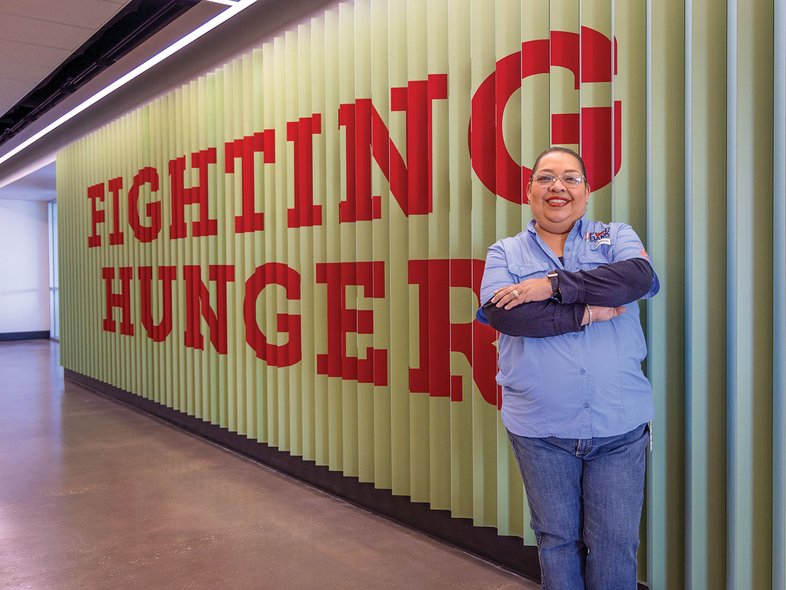
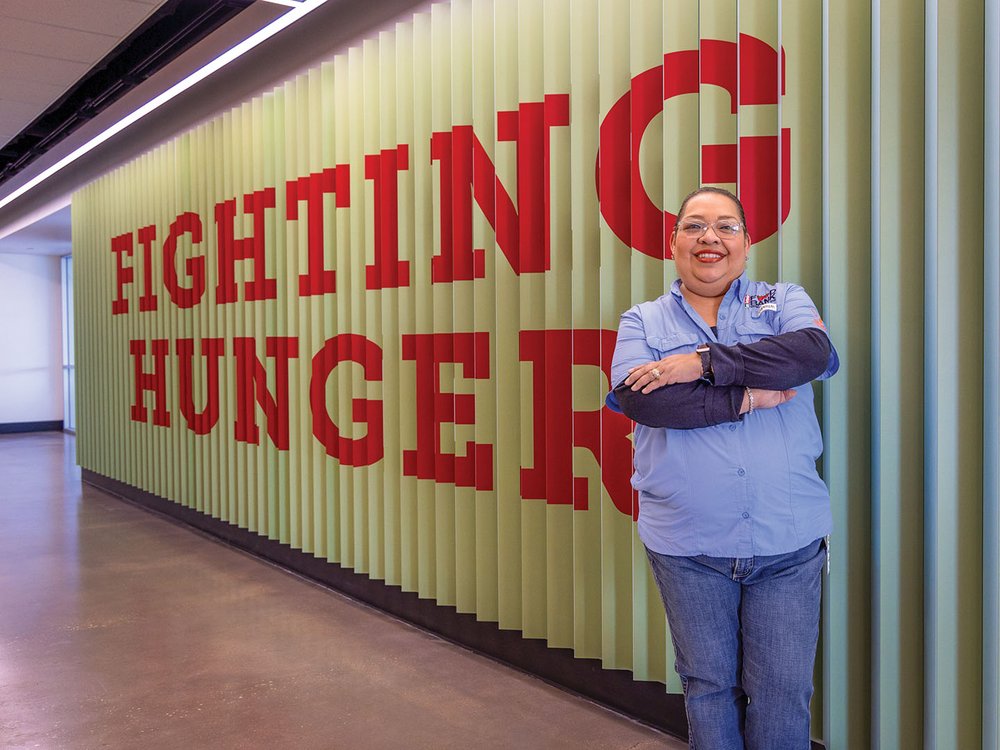
Courtesy of Hunters for the Hungry
Courtesy of Hunters for the Hungry
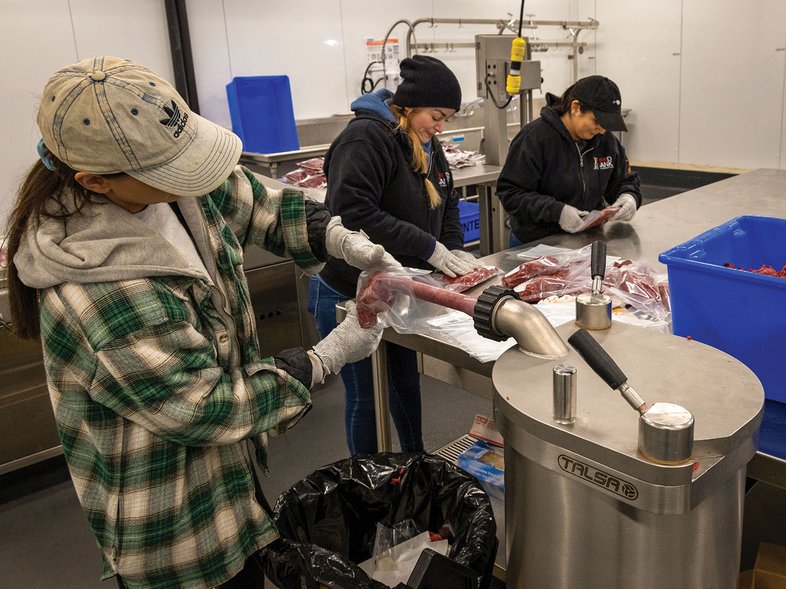

Courtesy of Hunters for the Hungry
Courtesy of Hunters for the Hungry
The First of Many
Since the Texas program started in 1988, Hunters for the Hungry has provided more than 10 million servings of venison to Texans. Similar initiatives exist across the country, but Texas was likely the first to create a statewide program.
The idea for the program started with Mary Barden Keegan, a Houston socialite and philanthropist. Keegan worked tirelessly to help those in need, starting the End Hunger Network, which eventually merged with the Houston Food Bank.
Keegan often dined out at restaurants serving venison. She began to wonder whether Texas’ population of native deer — at times abundant to the point of overpopulation — could be used as a healthy source of protein.
She called Mike Hughes, the owner of Broken Arrow Ranch and the venison supplier to several Houston restaurants. After discussing the possibility of a program where hunters donate their venison, the two got to work.
Hughes, who was familiar with meat inspection regulations and the processing business as a whole, partnered with food banks, Texas Parks and Wildlife Department (TPWD) and other state agencies to create a program model, and the first deer was donated in 1988.
Soon, other states picked up the torch, and a nationwide network of H4H organizations sprang up over the ensuing years. The programs are now a key part of many food bank operations.


Courtesy of Hunters for the Hungry
Courtesy of Hunters for the Hungry
The Protein Problem
Each year, around 4 million Texans experience food insecurity — and with the influx of new residents and the rising cost of living in many areas of the state, that number will likely grow in coming years.
“We’ve seen a rise in the need; definitely during COVID and even since then, [with] the recession, people don’t have enough money to keep food on the table,” says Robokowski. “So they turned to us… It’s our job to provide them with all different kinds of food. We can't just give them only vegetables or only grains.”
When it comes to providing food for people, protein is often the hardest nutrient to come by. Animal products are more expensive and have shorter shelf lives than hardy staples like rice.
The venison solves the protein problem, and tastes good, too. “What better way to bring a good lean protein — probably better than we could get in any grocery store around here — and be able to give that to families?” says Robokowski.
The San Antonio Food Bank is one of 13 participating food banks, and the only one that has its own deer processing operation on site. Hunters can drop off their tagged and field-dressed harvest inside the facility during business hours, or in a 24/7 cooler trailer that sits in the parking lot.
Casa Venado also offers two other refrigerated trailers that donors can borrow for free. Hunters and landowners can come pick up the trailers, take them out for however long they need, and then bring them back when ready to donate.
Hunters can ask for the antlers back from the deer they donate, but when they don’t, the team finds a use for the racks. Next door to the food bank is a dog shelter, and the Hunters for the Hungry team has started saving up antlers and distributing them to the dogs as chew toys.
The program’s volunteers come from all around the San Antonio area, and include individual volunteers as well as organizations; this year, members of the group Hunters of Color volunteered at Casa Venado, guided by local chef Kriss Abigail Paredes.
Other helpers at Casa Venado include several inmates at the Texas Department of Criminal Justice through the Texas Second Chance Program.
The inmates will learn the skills to prepare the meat, making them more hireable when they are released.
“Our friends at H-E-B and other places who are hiring people in meat departments are saying, ‘We’re not seeing skilled individuals when it comes to butchery,’” says Michael Guerra, the chief sustainability officer at the San Antonio Food Bank. “[The inmates] are going to train in this space, with the hope that as they roll out they’ll have a great skill.”

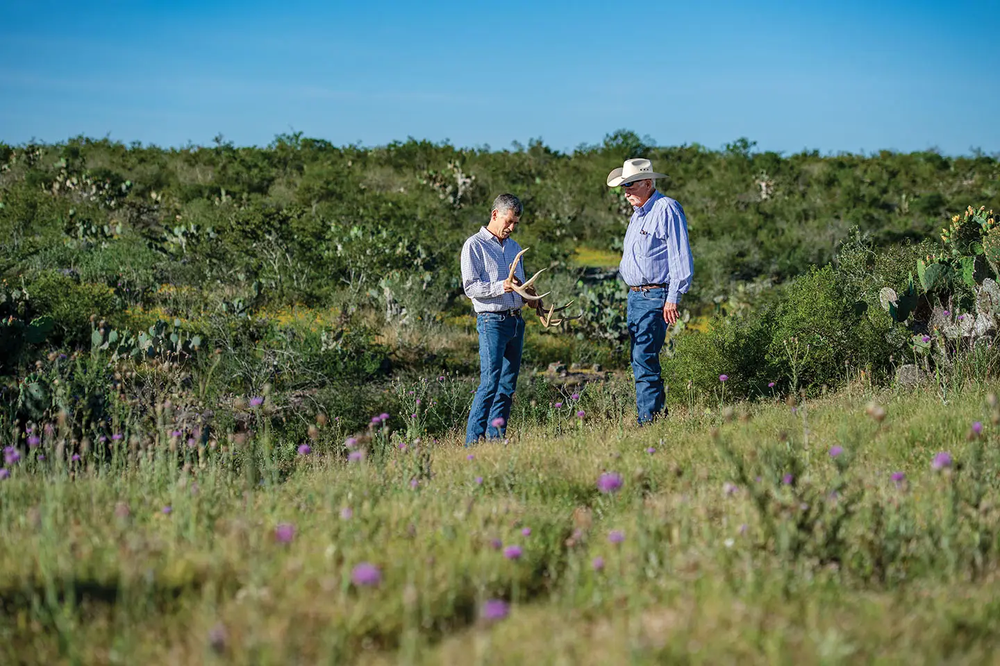
TPWD
TPWD
A Rancher’s Friend
On the day the women were grinding venison in December 2022, around 36 deer hung from hooks in Casa Venado’s refrigerated holding room waiting to be processed — and this wasn’t even the busy time for the program.
“The regular hunting season goes through the end of the year, but then we will work with ranchers who get their Managed Lands Deer Program permits between January and March," says Robokowski. "That’s when it gets even busier for us.”
Each year before hunting season, many ranchers work with biologists through TPWD’s Managed Lands Deer Program to assess and manage their populations of white-tailed deer. They calculate how many deer the land can support based on acreage, food supply and other factors; a biologist then makes a harvest recommendation and helps the landowners to meet their goals.
“We make harvest recommendations for these large ranches, and a lot of times they’re harvesting a large number of deer,” says Matthew Reidy, a natural resource specialist for TPWD. “What they do with those deer is sometimes an issue, right? Like, ‘Where do we put all this meat?’”
David Kitner, a ranch manager for Killam Ranches, faces this problem every year. Last year, he culled hundreds of deer from two properties (including Killam Duval County Ranch, the 2019 Lone Star Land Steward Leopold Award winner).
In past years, Kitner worked with his county commissioner to distribute the meat from the culls. “He knew who all of the needy were in the county, and his county crews would pick up the deer from our coolers and process and distribute them,” Kitner says. “That worked well for me for about 20 years, but then he retired.”
The new commissioner did not appear to offer deer distribution on demand,
and Kitner had to find another way to give the deer away. “Last year we needed a charitable home for about 400 deer,” he says. “That’s why I contacted the San Antonio Food Bank.”
The Hunters for the Hungry program took in the deer, and Kitner, who enjoys involving the ranches he works for in charities, was glad to see its reach.
“It’s a good program,” Kitner says. “We’re happy that the meat is getting used by people that need it, and we’re happy to keep doing it.”

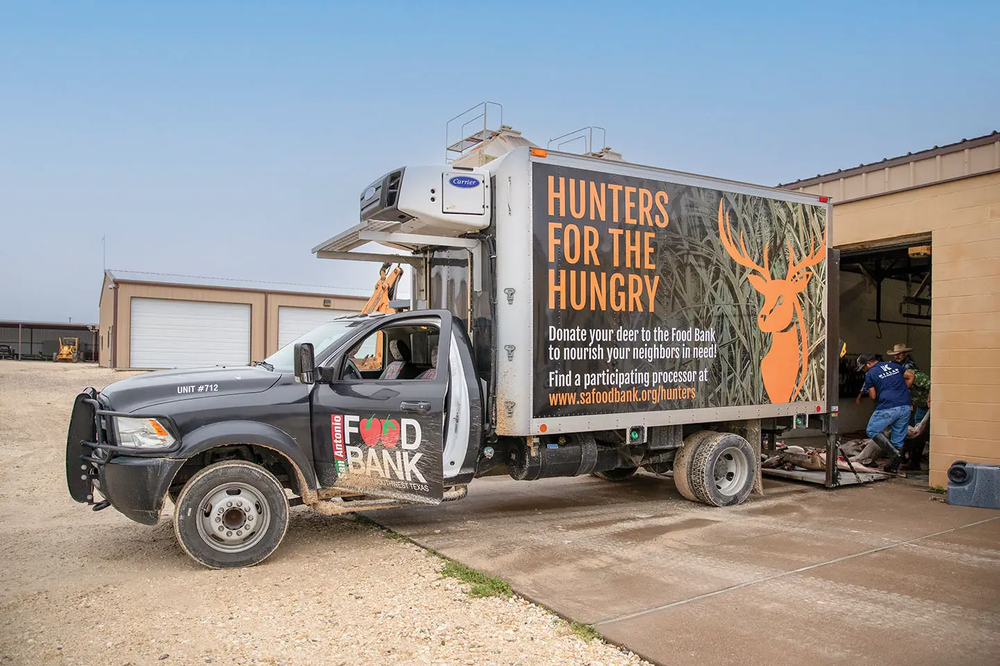
Courtesy of Hunters for the Hungry
Courtesy of Hunters for the Hungry

